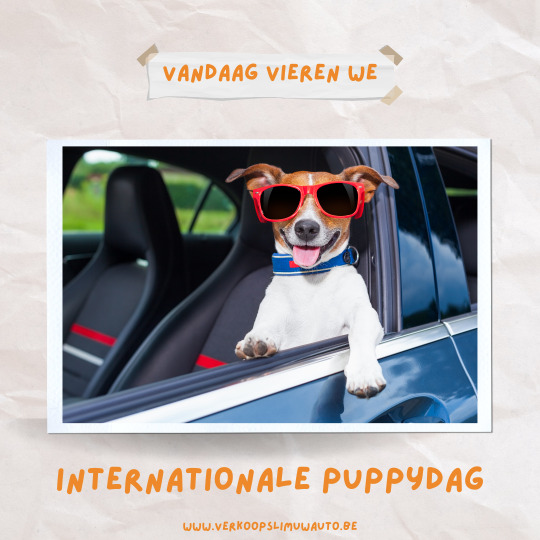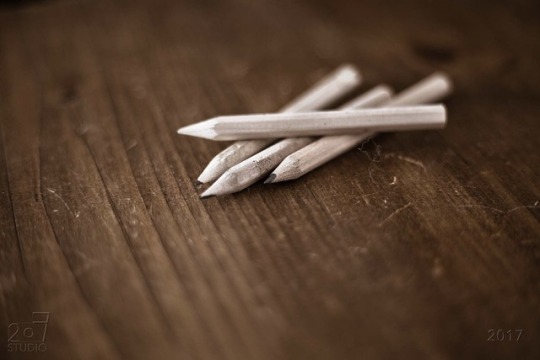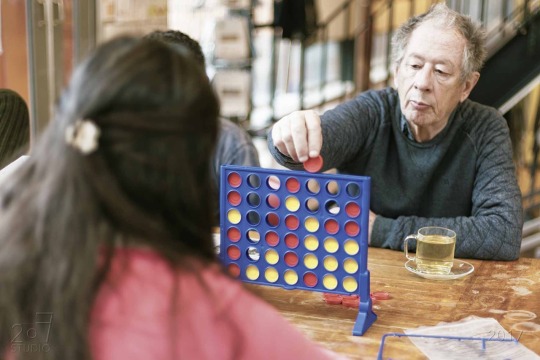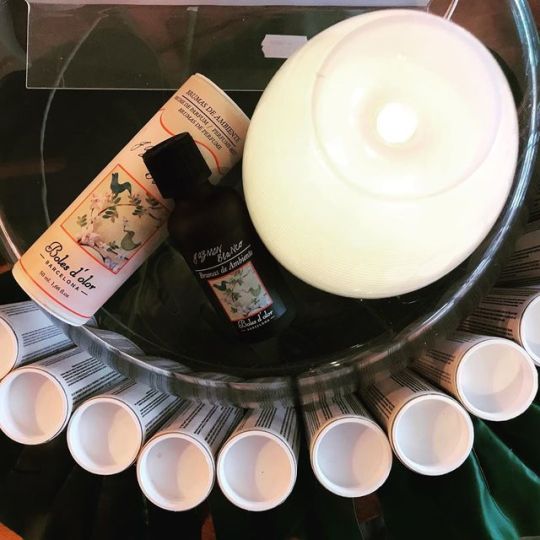#dagvan
Text

🐕🧡 Ook een trots baasje van een puppy? Vergeet dan niet je viervoeter eens extra te verwennen vandaag 🦴⚽️.
En als je nog op zoek bent naar een puppy, dan raden we een bezoekje bij Dierenasiel Sint Hubertus (Aalst) aan. Met de complimenten van een vriendje van Bliksem en Milky.
#nationalepuppydag#puppy#internationalepuppydag#dagvan#wijvieren#wijvierenmee#huisdieren#puppydag#woef#hondenliefde#dogstagram#adopteereenhond#puppyliefde#hondenleven#hondenliefhebber#dogsofinstagram#instadog#instanew#instapost#aalst#dierenasielaalst#sinthubertus#dagvanverkoopslimuwauto#verkoopslimuwautodagvan#wijkopenautos#gratistaxatie#autoinkoop#autoverkopen#besteautobod#tweedehandsauto
0 notes
Text

#internationaleeeteenappeldag 🍏🍎💚
En wat doen we dan bij Roozenburg? Trakteren op verse sappige appels. 't heeft gesmaakt 😊😊 en wat we niet op krijgen gaat in een ovenheerlijke appeltaart 🥧
Eet jij vandaag een appel? Of toch liever appeltaart...
•
•
•
•
#dagvan #eeteenappel #eeteenappeldag #eatanappleday #anappleadaykeepsthedotoraway #appel #appels #gezond #appeldag #appeldag2022 #appeltaart #gezelligheid #eetgezond #apple #tussendoortje #fruit #roozenburg #dakwerken #roozenburgdakwerken #rijkevorsel #kempen
0 notes
Photo

“Women Make Film” marathon reviews (4/6)
NOTE: The spelling and order of the names of the Mongolian cast and crew has varied wildly across the Internet. I list the Mongolian cast and crew with their given name before their surname (as they appear in the film’s end credits).
The Cave of the Yellow Dog (2005, Mongolia)
Some of the most illuminating movies take you to places far-flung, introduce you to people who live so differently compared to you, and invite you to know their successes and struggles. Byambasuren Davaa’s The Cave of the Yellow Dog, set in the Mongolian steppes, is such a film. Throughout, it blurs the boundaries of documentary and fiction. The Batchuluun family featured in this film are nomads, and they essentially play themselves. Twice a year, they pack their belongings and gather their livestock to find a location suitable to settle for the summer or winter. Without ever feeling like an ethnic studies lecture, Davaa depicts Mongolian nomadic life with remarkable vision and artistry. If only during the movie’s ninety-three minutes, the viewer will experience the simplicity of life in the steppes. And because the film focuses on eldest child Nansal (she appears to be about six years old), The Cave of the Yellow Dog – one of the gentlest films I have had the pleasure to watch in the longest time (if you have children and they have the patience, this could be a very rewarding movie to watch together) – it teems with the disappointments and joys that childhood innocence inevitably meets.
Summer’s end is fast approaching when we make our acquaintance with the Batchuluun family. Nansal (Nansal Batchuluun) has returned from boarding school, and her days are filled not only with play, but the tasks necessary to live in these remote grasslands. She helps collect dung for fuel, in addition to – while on horseback, without supervision – leading the livestock out to graze nearby. One day while collecting dung, she hears barking from a rocky hillside cave. Nansal finds a dog inside, whom she will name Zochor (“Spot” in English). When returning with Zochor that afternoon, her father (Urjindorj Batchuluun) worries, upon hearing that Nansal found him in a cave, that the dog might attract wolves. There has been a spate of wolf attacks that has been thinning their livestock’s numbers; if Zochor has been living with wolves, his scent may attract them. Before a trip to the city to sell their hides, the father – believing that Zochor portends trouble – urges his wife (Buyandulam Batchuluun) to get rid of the dog while he is away in the city. Later that evening while taking out the livestock to graze while on horseback, Nansal finds herself lost as a storm approaches. She takes shelter with an elderly woman (Tserenpuntsag Ish), who imparts to her the fable of “The Cave of the Yellow Dog”.
“The Cave of the Yellow Dog” is framed as a Buddhist parable. Mongolia is a majority Buddhist nation. Coming into this film with an understanding of Vietnamese Buddhism – Buddhism tends to be a disorganized religion containing beliefs, metaphysics, and practices that vary by country (and within those countries, there can be numerous sects) – it was interesting to learn how Mongolian Buddhism (itself heavily influenced by Tibetan Buddhism) differs from the metaphysics I am more familiar with. In both cases, animals are considered lower on the hierarchy of rebirth than humans. In Mongolian Buddhism, dogs are considered the highest class of animal. They are one reincarnation cycle away from being reborn as human. Meanwhile, humans, by the very nature of human existence and its personal and spiritual impurities, almost never reincarnate as humans or more enlightened beings. Davaa does not explain Mongolian Buddhist metaphysics by exposition, as I have done above. She instead uses a visual metaphor – a needle and grains of rice – to illustrate how precious one’s humanity is through the lens of a specific Buddhist tradition. One does not require a doctorate degree in theology to intuit the Buddhist beliefs that course through the film’s characters.
The Cave of the Yellow Dog’s Buddhist themes extend to how the family conducts themselves. Though they live at least a full day’s drive from the city and are aware of the luxuries that urban life has to offer, the family seems not to desire more than what they have. A simple mechanical toy delights the children, but never are they seen begging their parents for more. The unassuming pleasures of family and canine companionship are enough. Modern life nevertheless makes cameo appearances in the Mongolian steppes. Nansal’s father rides a motorcycle into the city, and the occasional motor vehicle bumps along the unpaved roads and bridges. Politics, whether set provincially or in Ulaanbaatar, is also discussed. But it seems the parents do not have access to reliable information nor possess knowledge about governmental processes. Their concern is for their family, their herd, and virtuousness – there is little time for anything else. The final frame of The Cave of the Yellow Dog posits whether or not the family – and the numerous nomadic families living across Mongolia – can long hold onto their centuries-long traditions.
Davaa’s interweaving of Mongolian nomadic culture and religiosity is seamless. A critic can extol cinematographer Daniel Schoenauer’s landscapes – spectacular emptiness – only so much. Less eye-catching is the eye for detail Davaa and Schoenauer have while capturing domestic life. Take the scene where the family is packing away their yurt for their end-of-summer sojourn to their brumal location. From multiple angles (including from straight above), the camera provides to the viewer intricate details of this laborious, multi-step process. Even Nansal and her younger sister lend a hand – everybody, except Nansal’s toddler brother, has a role to play in these necessary tasks. Perhaps Nansal’s father is the strongest of all and can lift the heaviest materials as well as possessing the largest reach, but he is no more important in this moving process than anyone else. While the yurt is being disassembled, almost no words are spoken – this family is accustomed to setting up and tearing down their residence. It is a fact of life, not a signal of turbulence. In this already quiet film, even the scenes that contain the most movement unfold in their placid poetry. Life is slow, beholden to a routine practiced mostly unchanged over centuries. The delicate, minimal editing eases the viewer into the film’s deliberately languid pace.
The connection between Nansal and Zochor feels raw and immediate – mostly thanks to Davaa’s approach to filming The Cave of the Yellow Dog. On a trip Mongolia in April 2004, Davaa dedicated two weeks to search for a nomadic family that she could film. She chose the Batchuluun family and, when she returned that summer, filmed their lives largely as it was. Despite having a screenplay in hand, about half of this film was shot without production input and none of the dialogue was rehearsed or suggested to the Batchuluun family. The scene where Nansal encounters Zochor for the first time is priceless cinema – and also the first time in which the two met. Nansal’s ebullient face and near-immediate instinct to play with Zochor is innocence incarnate. It is almost impossible to tell in long stretches of The Cave of the Yellow Dog which scenes were staged and which ones were influenced by the filmmakers. As such, all of the film’s performances always feel genuine. That most obviously applies to Nansal, but also her parents – from her mother’s measured warmth to her father’s stiffness (when the latter expresses some built-up emotions late in the film, it is a beautifully acted moment despite the lack of dialogue and movement).
For Nansal, she enjoys the disruption that Zochor brings to her family’s life. But it is not indicative of a mischievous streak on her part, but a bond forged due to her boundless curiosity and that unconditional affection between dogs and their human caretakers. In her father’s rejection of Zochor, Nansal may be experiencing one of the first familial disappointments in her short life. One can imagine a Western child throwing a tantrum, refusing to comply with their parents, and making exclamations they would not otherwise say (and probably do not truly mean in earnest). Not Nansal. And here again is Buddhism’s influence on The Cave of the Yellow Dog – Buddhist beliefs in non-attachment and extricating oneself from inessential cravings. Nansal does not appreciate her father’s judgment, but she nevertheless respects it.
A spoiler of sorts: the Batchuluun family kept Zochor after filming wrapped up and trained him to watch the sheep.
Mongolia, one of the most sparsely-populated nations on the planet, still has over one million nomads roaming its countryside but, increasingly, they are moving to the cities due to overgrazing, climate change, and other factors that can better be explained by a more authoritative source than a film review. For any non-Mongolian who might view The Cave of the Yellow Dog, here is an ideal way to introduce yourself to an endangered lifestyle, a place so unlike anywhere else. The Cave of the Yellow Dog was Byambasuran Davaa’s second consecutive feature film to explore the tension between Mongolian modernity and the traditional life of the nation’s nomads. Her next two films have also followed in those narrative footsteps: The Two Horses of Genghis Khan (2009) and Veins of the World (2020). And just like The Cave of the Yellow Dog, her films have mostly employed non-professional actors and employ techniques that make indistinguishable drama and documentary. Her cinematic voice is singular, a valuable cultural force for this young artform.
My rating: 8.5/10
^ Based on my personal imdb rating. Half-points are always rounded down. My interpretation of that ratings system can be found in the “Ratings system” page on my blog (as of July 1, 2020, tumblr is not permitting certain posts with links to appear on tag pages, so I cannot provide the URL).
For more of my reviews tagged “My Movie Odyssey”, check out the tag of the same name on my blog.
This is the fourth of six film reviews on this blog relating to films that I saw as part of Turner Classic Movies’ (TCM) Women Make Film marathon.
#The Cave of the Yellow Dog#Byambasuren Davaa#Nansal Batchuluun#Urjindorj Batchuluun#Buyandulam Batchuluun#Nansalmaa Batchuluun#Batbayar Batchuluun#Daniel Schoenauer#Dagvan Ganpurev#Women Make Film#TCM#My Movie Odyssey
6 notes
·
View notes
Photo

Pencil Day.
1 note
·
View note
Link
Just discovered this and I have been listening to it on repeat...
6 notes
·
View notes
Text

Smile! Op de #DagVanDeTandarts 👩⚕️ zetten we graag de mensen in de spotlight die elke keer opnieuw zorgen voor onze Colgate-lach!
Net zoals regelmatig naar de tandarts gaan, heeft een wagen ook met regelmaat een onderhoud nodig. Is je wagen een beetje zijn glans kwijt?✨
Geen probleem 😀
𝐖𝐈𝐉 𝐊𝐎𝐏𝐄𝐍 𝐎𝐎𝐊 𝐒𝐂𝐇𝐀𝐃𝐄𝐖𝐀𝐆𝐄𝐍𝐒 💶
✅ Bezoek ons handig waardebepalingsformulier
𝐔 𝐤𝐚𝐧 𝐬𝐭𝐞𝐞𝐝𝐬 𝐛𝐢𝐣 𝐨𝐧𝐬 𝐭𝐞𝐫𝐞𝐜𝐡𝐭 𝐦𝐞𝐭
✅ Personenwagens
✅ Bedrijfswagens
✅ Luxewagens
✅ Bestelwagens
✅ Terreinwagens
✅ Lichte vracht
✅ 4 x 4
✅ Pick-Ups
✅ Cabrio's
✅ Mobilhomes
✅ Recente wagens
✅ Schadewagens
✅ Wagens met veel kilometers
✅ Wagens met rode keuringskaart
👍 Een like mag 🥰
🔄 Delen nog beter 🤜🤛
#dagvan#dagvandetandarts#tandartsendag#dagvanverkoopslimuwauto#verkoopslimuwautodagvan#tandarts#wijkopenautos#gratistaxatie#autoinkoop#autoverkopen#besteautobod#tweedehandsauto#ikwilvanmijnautoaf#2dehandsauto#occasiewagen#wijkopenalleautos#verkoopslimuwauto#vsua#wijkopenuwauto#wijkopenuwwagen#autotekoop#instanew#newpost#instapost#instagood
0 notes
Video
youtube
The Altai band - Uvgudiin Zahias by GANPUREV Dagvan
1 note
·
View note
Photo

Doe Vriendelijk Dag.
Ik weet nog steeds niet wie vriendelijker voor de ander was: degene die al gewonnen had en de ander laat doorspelen, of degene die ziet dat de ander gewonnen heeft en toch gewoon doorspeelt.
Maar vriendelijk was het, zeker naar elkaar toe.
#doevriendelijkdag#vriendelijk#dagvan#dagvande#issuekalender#fotografie#project2017#mijnprojectvoor2017
5 notes
·
View notes
Video
youtube
Altai ethno folk band - Uvgudiin Zahias by GANPUREV Dagvan
1 note
·
View note
Photo

Deze week gaan we voor ‘Jasmin Blanco’🌿 normaal geuren deze bloemetjes alleen tegen de avond een zwoele zoete geur. Maar wij kunnen er gewoon lekker de hele dagvan genieten 🤗🤗#zwoelegeur #zoetezwoelegeur #genieten #blijgevoel #bolesdolor #bolesdolorbarcelona #deknapste #deknapstecapelle #geurenkleurenjeleven #geurenkleurenjestemming (bij De Knapste) https://www.instagram.com/p/B18X6sSohUH/?igshid=1xilrra55x7np
#zwoelegeur#zoetezwoelegeur#genieten#blijgevoel#bolesdolor#bolesdolorbarcelona#deknapste#deknapstecapelle#geurenkleurenjeleven#geurenkleurenjestemming
0 notes
Video
youtube
I think I have a Mongolian/Tuvan music & throat singing phase again
0 notes
Photo

Absinthe Day.
#absintheday#absinthe day#absinthe#dagvan#dagvande#daysoftheyear#days of the year#fotografie#project2017#mijnprojectvoor2017
1 note
·
View note
Video
youtube
vgudiin Zahias by GANPUREV Dagvan
Altai traditional ethnic folk band
0 notes